Amidst the chilly atmosphere of the Northwest mountains and forests, traveling to Sapa, Lao Cai becomes more special than ever when you can immerse yourself in the traditional Tet atmosphere of the H'Mong people. This is not simply a holiday, but also the most sacred moment of the year, where all cultural values, beliefs and family affection are conveyed through each ritual and each custom.
1. When does the traditional H'Mong New Year take place?
Traditional New Year of the H'Mong people, also known as Nao Pe Chau (Photo source: Collected)
The traditional New Year of the Hmong people, also known as Nao Pe Chau, is usually celebrated around the 30th day of the 11th lunar month, when the crops have been fully harvested. This time is chosen not only because it is the time when people have free time after a year of hard work in farming, but also because it has a deep spiritual meaning. According to the Hmong people's concept, this is a sacred time to thank the gods and ancestors for blessing the crops with bountiful harvests and family peace.
The Hmong New Year usually lasts for 3 days, but a month before, in all the upper and lower villages in the highland communes of Son La , the Hmong people are bustling with the atmosphere of welcoming spring. Traveling to Sapa during this New Year, visitors will witness the bustling, jubilant atmosphere throughout the villages. From the first days of the month, the Hmong people have begun to prepare cakes, jams, wine and offerings to their ancestors. The melodious sounds of the flute and the trumpet echo throughout the mountains and forests, blending with the cold air of the highlands, creating a unique cultural picture of the Northwest mountains.
2. What is special about the H'Mong people's Tet?
Tet in Mong village (Photo source: Collected)
The Hmong prepare for Tet before the 30th of the 11th lunar month by repairing and replacing the altar and making banh day (instead of the Kinh people making banh chung). Before the ancestor worship ceremony, each clan in the village sends a young man to cut down a tall tree and bring it back to set up at the end of the village, where there is enough space for the whole clan to gather and weave cogon grass into two long strings to decorate a circle on the tree. This is called the "Sau su" ceremony, held on the last day of the 12th lunar month.
At the “Sau su” ceremony, the shaman holds a large rooster of the head of the family in one hand and a bundle of bamboo leaves (after sweeping away evil spirits from each family) tied with a red thread in the other hand, standing and worshiping under the tree with the meaning: to drive away the bad luck of the old year and pray for the new year to bring good things to the whole family. After the worship, the shaman leads the whole family to circle around the big tree until they have completed five rounds forward and four rounds back, then stop. Then the shaman cuts the neck of the rooster and drops it to the ground so that its blood will flow around the tall wooden tree that has been erected.
The “Sau su” ceremony must be held before sunset. After the ceremony, a few young men in the family are assigned to cut down trees and chop up the bamboo vines and throw them away at the end of the village. After that, everyone returns home to slaughter a chicken and prepare a raw egg for each person to use as a blessing for the whole family to “call all the souls and spirits back to celebrate Tet” before worshiping their ancestors at home, similar to the New Year’s Eve ceremony of the Kinh people.
The H'Mong people's Tet is also an occasion for young men and women to get to know each other. During Tet, young men and women wear new clothes and the most beautiful jewelry, organize into groups to throw "po po" (ball), play "dau tu lu" (basketball), play homemade shuttlecock made of chicken feathers "dau ty kay" (basketball), and sing "Cu xia" (ju xia) and "Lu tau".
3. What is beautiful about Sapa in spring?
Mong ethnic girl and spring beauty of the highlands (Photo source: Collected)
Traveling to Sapa during Tet, visitors will be immersed in the magnificent natural picture of the highlands. Muong Hoa Valley seems to be wearing a new coat with terraced fields covered in mist in the early morning. Peach and plum blossoms bloom pink and white on the hillsides, creating a scene like a fairyland in the Northwest.
The majestic Fansipan peak in the early morning mist, the overlapping mountain ranges hidden in the clouds, all blend together to create a unique natural picture that can only be admired in Sapa. The H'Mong villages such as Cat Cat, Ta Van, Lao Chai become more lively with simple roofs hidden in the mist, kitchen smoke spreading in the chilly space of spring days.
4. What are the delicious spring specialties of Sapa?
The traditional Tet holiday of the H'Mong people is an occasion to enjoy the special dishes of the highlands. Five-color sticky rice - an indispensable dish on the Tet tray - is cooked from sticky rice and natural forest leaves, creating five colors symbolizing the five elements, meaning luck and prosperity.
Thang Co - a traditional dish elaborately prepared from various types of meat and animal organs, stewed with more than 20 special spices of the highlands. The armpit-carried pork is raised freely in the forest, when grilled, it gives off a distinctive aroma that cannot be confused with any other type of meat.
Corn wine and apple wine are brewed according to the secret recipe of the H'Mong people, bringing the typical flavor of the Northwest mountains. Rare wild mushrooms such as shiitake mushrooms, black fungus mushrooms, along with fresh vegetables and fruits from the H'Mong people's gardens, further enrich the spring feast in the highlands.
Traveling to Sapa during the traditional New Year of the H'Mong people is not only a journey to discover the beauty of nature, but also an opportunity to experience and preserve the precious traditional cultural values of the H'Mong people. Each ritual, each custom, and each dish carries within it the story of a unique culture that has existed and developed for hundreds of years in this Northwestern mountainous region.
Source: https://www.vietravel.com/vn/am-thuc-kham-pha/du-lich-sapa-kham-pha-tet-co-truyen-cua-nguoi-hmong-v15871.aspx


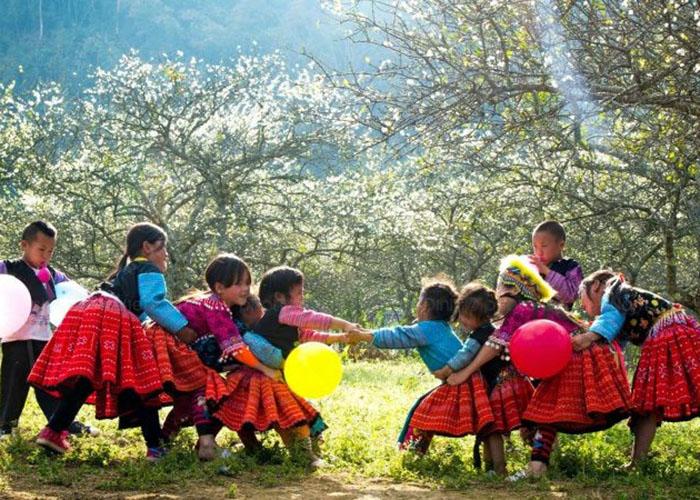
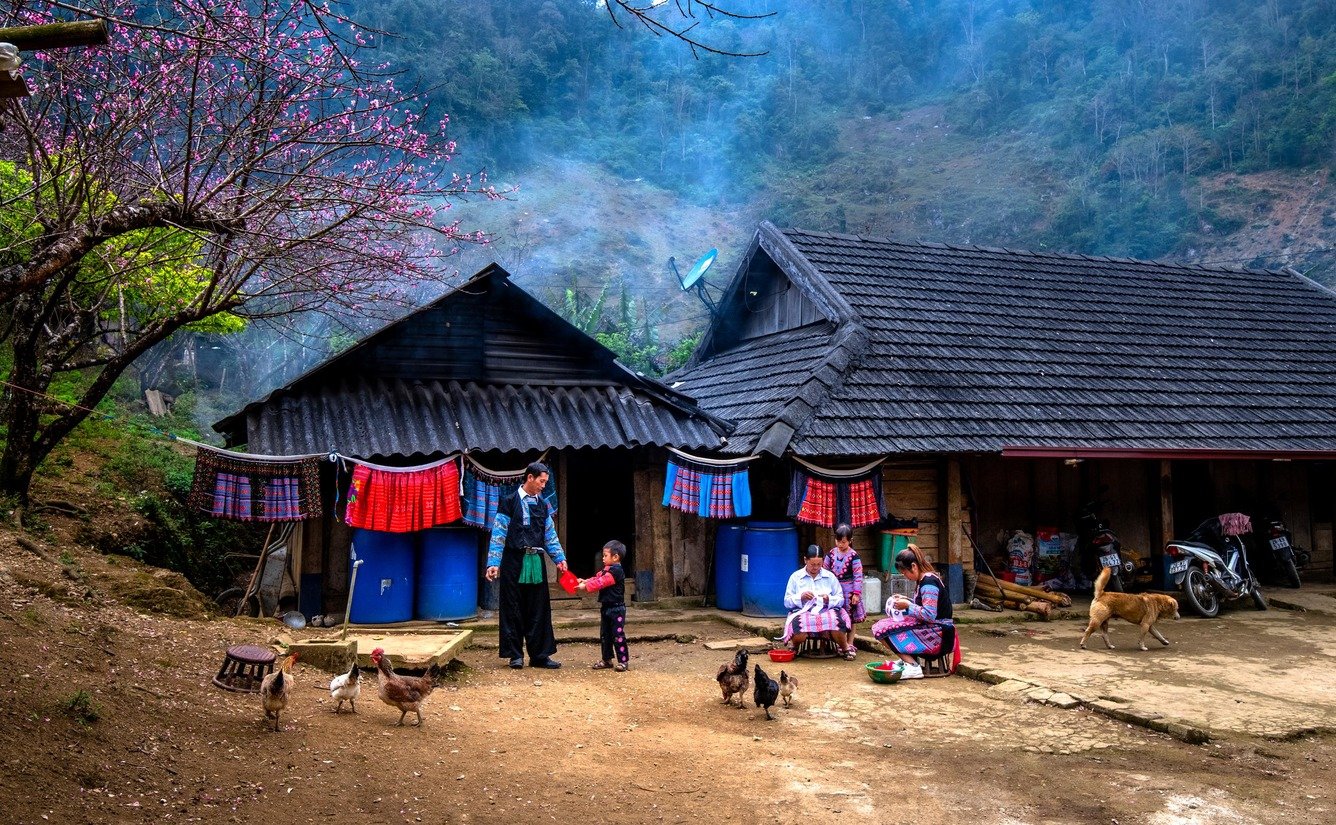
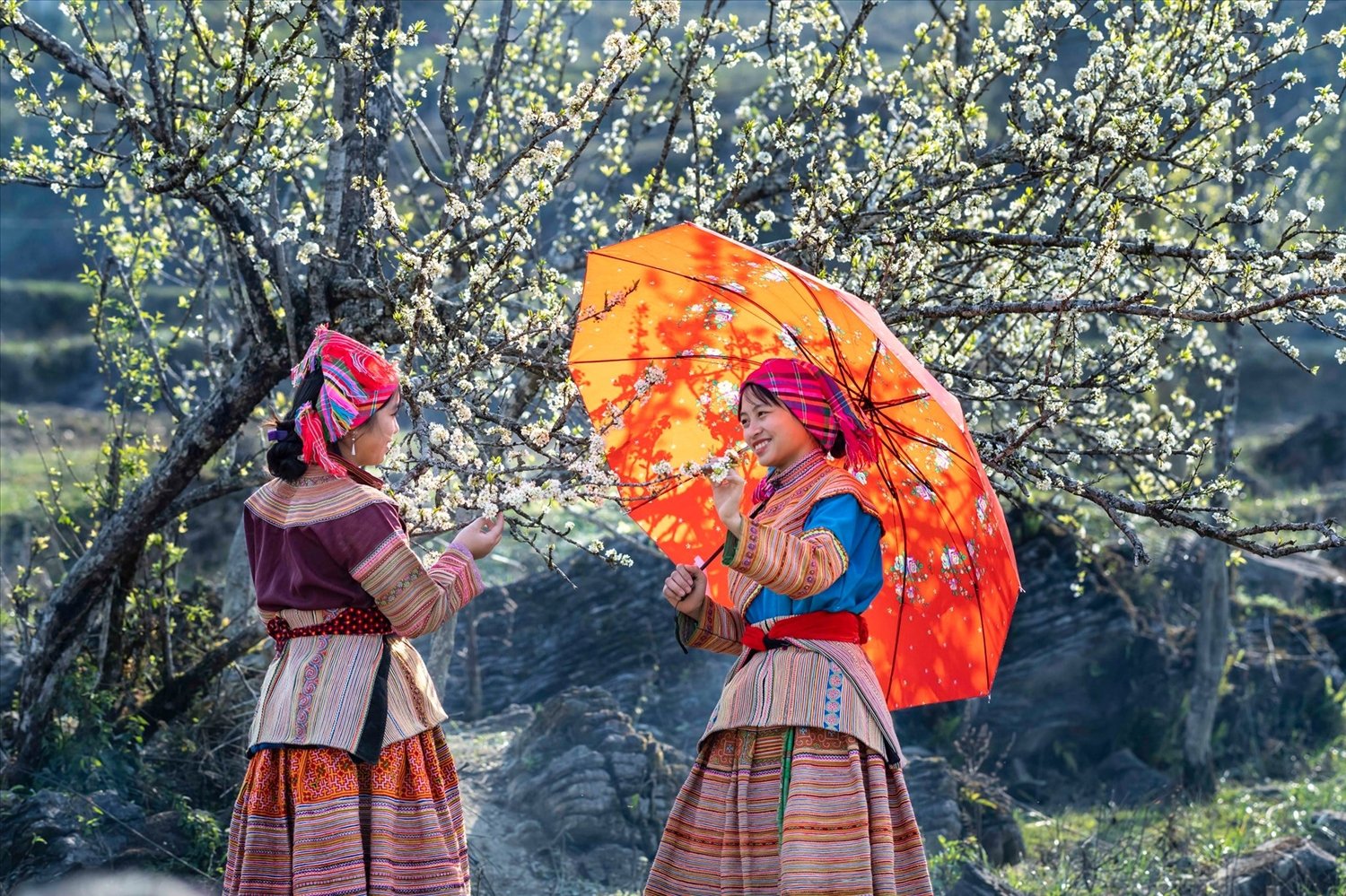






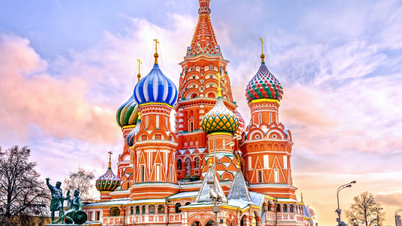
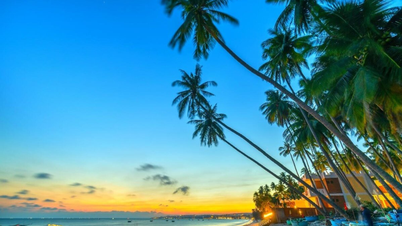


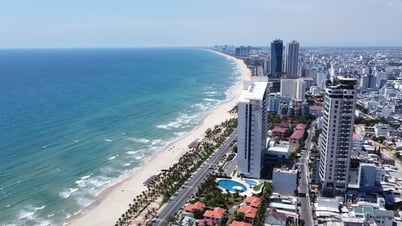

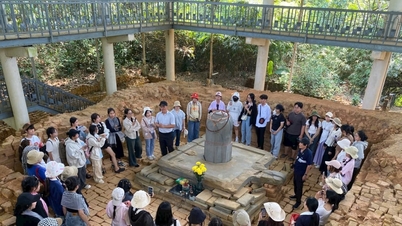

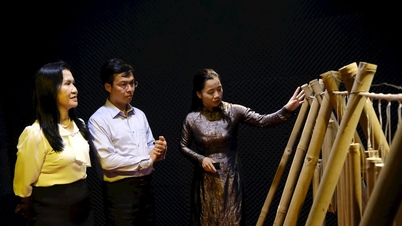


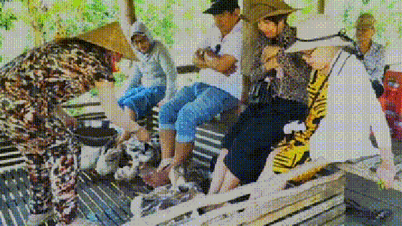
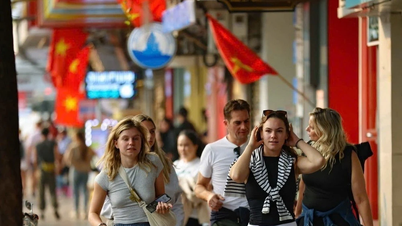

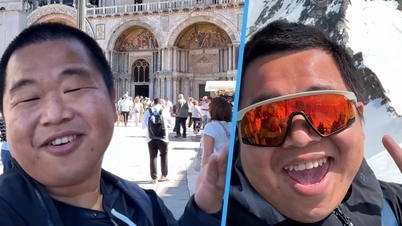

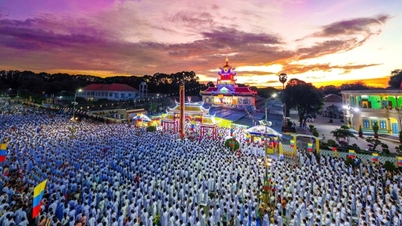
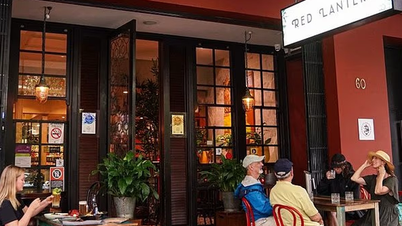







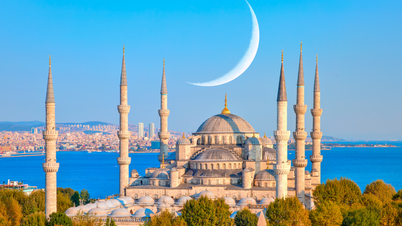











































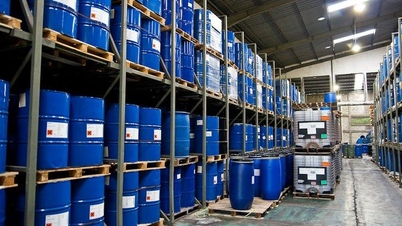

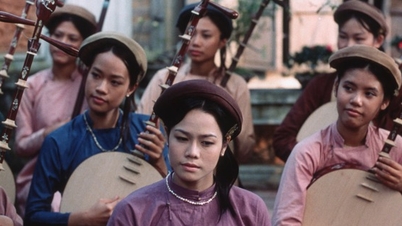




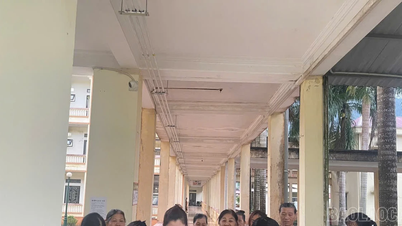


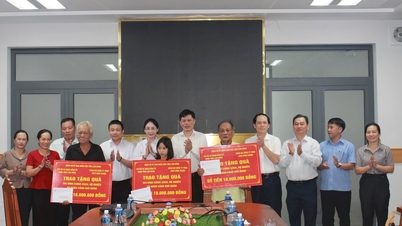
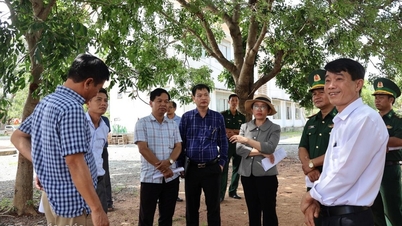












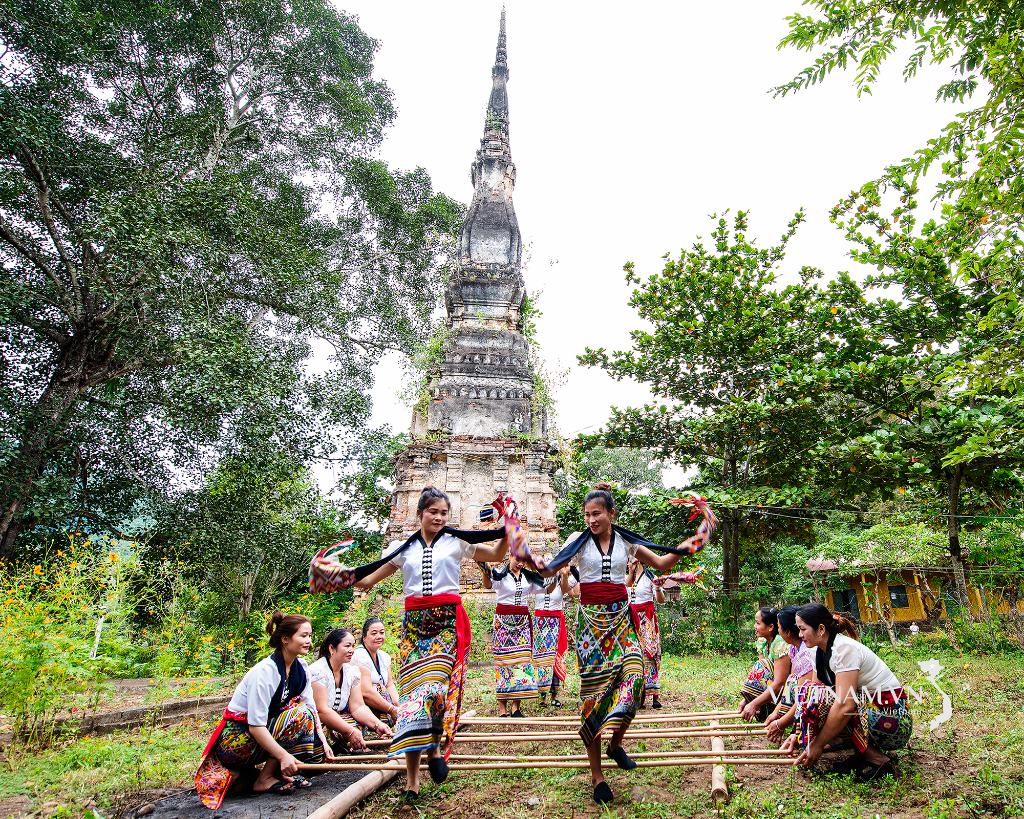

Comment (0)